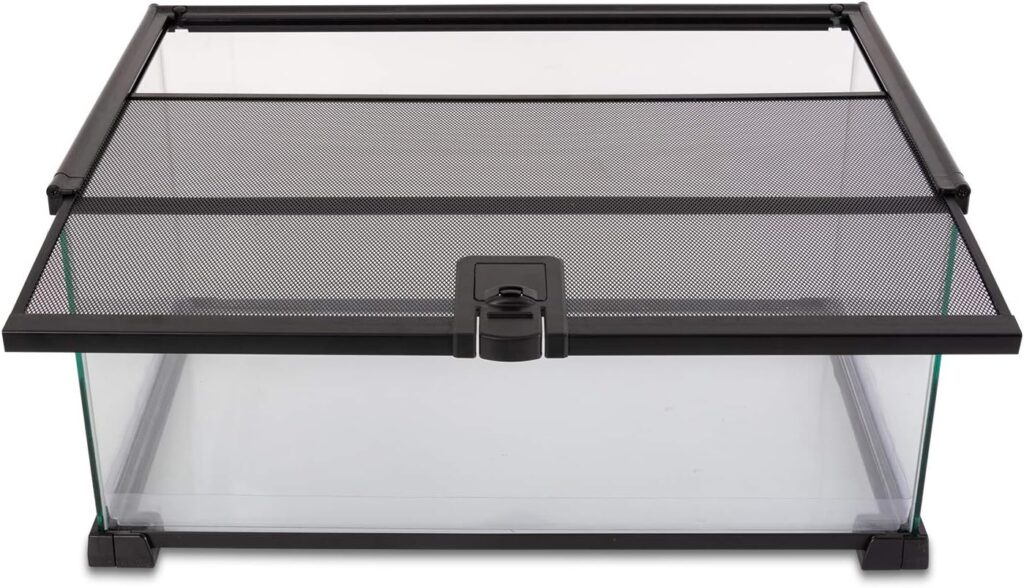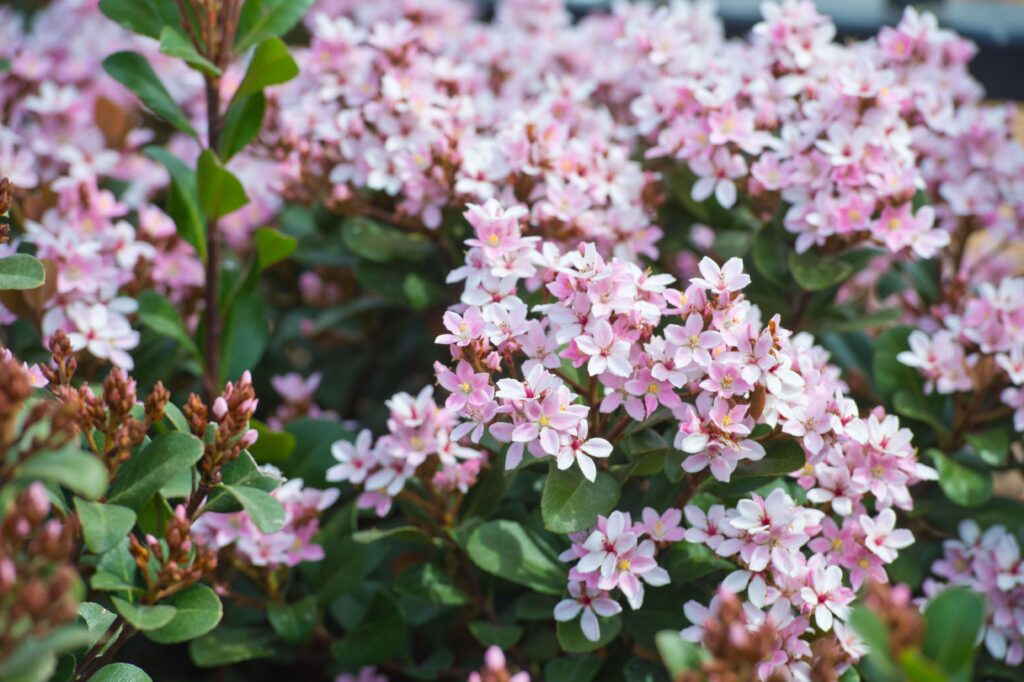
Taking Care of Your Stick Bug Pet
So, you’re thinking about getting a stick bug pet? Stick Bugs are, in my opinion, very easy to own and require low maintenance. However, like all living animals, they need shelter, food, and water. In this guide, I will provide helpful info that will teach you how to provide your stick bug pet with the best care as its owner. If you are interested in learning more about stick bugs, you can read this article as well.
Where to Get Stick Bugs?
Stick bugs can be bought from several online stores. Be sure to do your research and find which species is the best for you and that you’d be able to provide proper care for it. When purchasing them, try to find reputable online stores. It is unlikely you will be able to find them at a local retail pet store. Exotic pet stores might not even carry them or it may be too far away. You can also find advice on places like Arachnoboards to get some advice from other fellow insect enthusiasts.
Stick Bug Enclosure

The first step on how to take care of stick bugs is to get them an enclosure. For stick bugs, try to set them up in a 10-gallon tank. Here is a link to the preferred tank I like to use. You can also find other tanks that are used for reptiles or fish at your local pet store. I use this coconut husk as substrate and will fill about 1/5 of the tank with it. I will also get bare sticks and lean them against the sides of the tank so they are angled upright diagonally. This will provide sturdy support for the stick bugs to climb on if the branches they feed off of are flimsy. Stick bugs enjoy hanging off of things so is good for them to be able to climb and hang from branches to mimic their natural environment.
Stick Bug Pet Feeding

Once I have put the husk in, I will get Indigo or Creosote to feed the stick bugs. Depending on your stick bug species, you might need to get a different kind of plant since stick bugs can be picky eaters. Research where your stick bug is from and what local plants are there. Even so, many stick bugs are able to subsist off these plants and their leaves:
- Ivy
- Bramble/Blackberry
- Grapevines
- Bracken
- Hazel privet
- Hawthorn
- Eucalyptus
- Rose
- Oak
Once you have found a suitable food source for them, I will usually remove the old branches or leaves and then replace them with fresh leaves. I also like to mist the leaves/branches so the stick bugs can have some moisture. My stick bugs enjoy drinking water droplets off the sides of the tanks as well.
Maintenance for Stick Bug Pet
Replace and remove the old foliage with new foliage. Make sure the old foliage does not pile up in the tank. I also advise that you clean the tank once a month. This means you will have to take all the stick bugs out, transfer them to a container, and throw the coconut husk out. Make sure to clean the sides of the tank as well. My process involves cycling out two tanks to make it easier. I will just transfer them to a clean tank with fresh food, and then clean the old tank and use it when I need to clean their tank again.
Stick Bug Babies!

If your stick bugs are parthenogenetic, then they might produce offspring! You can tell if you see little capsules around the tank. Depending on the species, they may be a different color but are generally round and can be clustered together. For me, I usually take the eggs and move them to a small container so the eggs have their own ‘nursery’. Once they hatch, I move the babies into a small tank of their own. I find this system works the best for me since it is easier to see them and keep track of how many I have. (Sometimes I can have well over 30 stick bug babies sometimes!) When my population grows too large for me to manage, I will take the babies in small containers and release them.
Conclusion
I hope that you enjoyed learning about stick bugs and found the information to be useful and helpful. If you are interested, there are free stick bug worksheets that are great to teach your kid about stick bugs.

Pingback: Learn About Stick Bugs - Bug Bushel